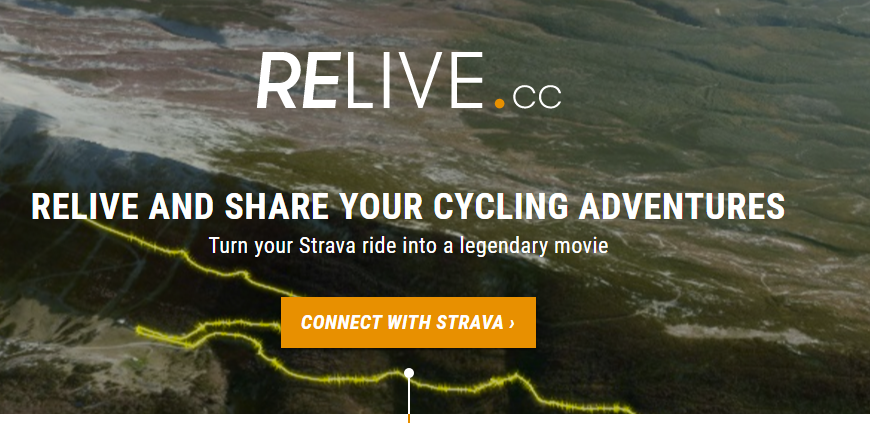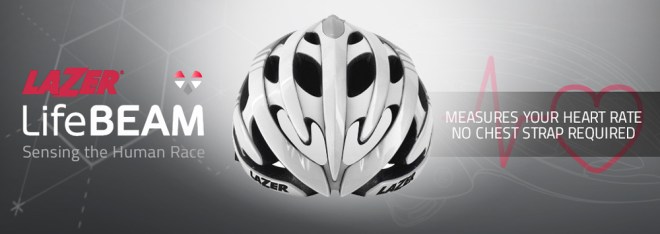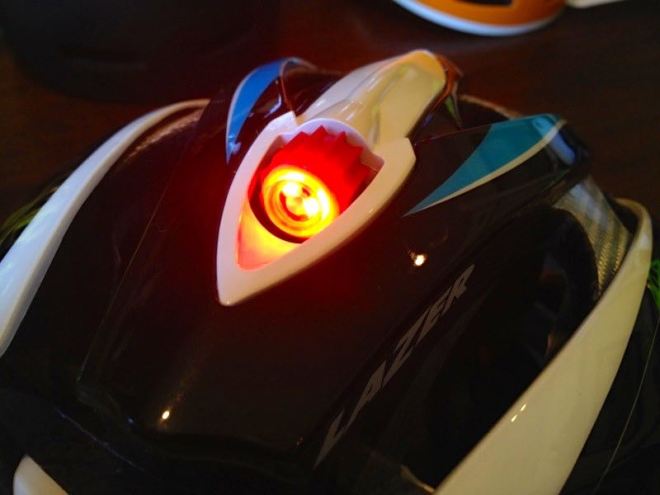June has been a quiet month for riding. The weather, weekend travel, illness and idleness have all kept me off my bikes. I started 2015 with aspirations to average 1,000km a month. So far I am 150km per month short of that goal. Nevertheless 2015 is shaping up to be one of my better years for cycling.
I consider my first day as an avid cyclist to be Sunday January 31st, 2010. That was the day Big Bill B guided me on a 53km loop around Houston, including a food stop at Carter & Cooley Company Delicatessen in The Heights.
It was the first time I rode with a Garmin cycling computer on my handlebar, which allowed me to commit this and all future rides to that collective memory that is the internet. I am a bit of a ride data geek. I started feeding that habit with Garmin Connect. After a few years I supplemented that with Ride With GPS, and very soon after Strava was added to the mix. Lately Veloviewer has joined the party.
Why so many tracking apps? In my case, mostly because they each provide different ways to view my ride data. Ride With GPS provides nice summaries by month or year. I can see what my buddies have been up to in Strava. Veloviewer makes annual comparisons easy. Charts like these ones provide the grist for this post.

Charts courtesy of Veloviewer
Between January and the end of April 2010 I rode in and around Houston. Those rides included my first century ride, The Space Race, and my first BP MS150.

Heat Map courtesy of Strava
My biker chick had started her new job in Den Haag, The Netherlands, in April. So my bike spent May in a container, along with our other possessions, on a ship bound for Europe.
I spent the rest of the year exploring the bike paths around Den Haag.
I logged 2,831kms in 2010. My average ride distance was 59kms. My average ride time was 2 hours 28 minutes.
In 2011 my total distance covered jumped to 6,886kms. My average distance went up slightly to 63kms. The average ride length went up in tandem to 2 hours 33 minutes.
Much of that increase in total distance ridden is testament to the outstanding cycling infrastructure in The Netherlands. You can’t help but get on your bicycle in a country where the riding in so safe, convenient, and scenic.
In 2012 my mileage again jumped significantly over the previous year. To 11,019kms. The average distance stayed almost the same at 62.25kms. I picked up speed though, with my rides averaging 2 hours 29 minutes.

Heat map courtesy of Strava
Almost all of my riding over these two years was in The Netherlands. I did occasionally venture further afield. I made my first extended cycling trip in 2011. I went to Ninove in Belgium, to ride in the Ronde van Vlaanderen sportif.
In 2012 I did the Ronde van Vlaanderen again, which started and ended this time in Oudernaarde. I also took two trips to Maastricht, for the UCI World Championships and the Amstel Gold sportifs.

Heat map courtesy of Strava
In October 2012 my biker chick and I returned to Kuala Lumpur. My bikes (by this time I had two) followed soon after by air freight. So it wasn’t long before I was immersing myself in the relatively new and booming road cycling scene in Malaysia.
Cycling in Kuala Lumpur reminds me a lot of cycling in Houston. You share the roads with traffic. Sometimes a lot of traffic. City riding is best done at night, when the roads, or motorcycle lanes where provided, are quieter. The popular daytime cycling routes are mostly outside the city.
In 2013 I started venturing further afield. Century rides in various cities around the country become a regular activity, including one international road trip to Hatyai in Thailand.
Despite the number of century rides, my mileage in 2013 was only 7,102kms. My rides had become shorter, averaging 49kms and 1 hour 58 minutes per ride. I remember that tropical rainstorms had a lot to do with curtailing riding time in 2013.
The downward trend continued in 2014. I had four months of enforced time off my bikes because of a crash, and two unrelated surgeries. Those breaks from cycling resulted in only 3,918kms ridden. My average ride was surprisingly long though, at 66kms and 2 hours 35 minutes.

Heat map courtesy of Strava
Almost all of my cycling since the end of 2012 has been in Malaysia. The exceptions were in 2013, when I flew to the United States to ride in the BP MS150 from Houston to Austin, and to ride in the 5 Boros Ride in New York City. In between those rides I visited an old friend in Denver, where I managed to squeeze in a few rides as well. I came home with bicycle number three.
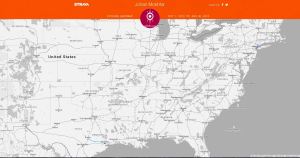
Heat Map courtesy of Strava
That bicycle is a Ritchey Breakaway. It came with me to Melbourne in December 2013. My last cycling trip away from home to date.

Heat map courtesy of Strava
2015 looks good so far. I am up to 5,078kms as at the end of June. My average ride length for the year is 71kms. I must be a bit fitter than I was last year too. I am riding on average 5kms further this year as compared to last, but my average time is the saddle is only 3 minutes more, at 2 hours 38 minutes.
I’m hoping to take at least one cycling trip outside Malaysia this year. And I am looking forward to staying healthy and spending as much time as possible riding.


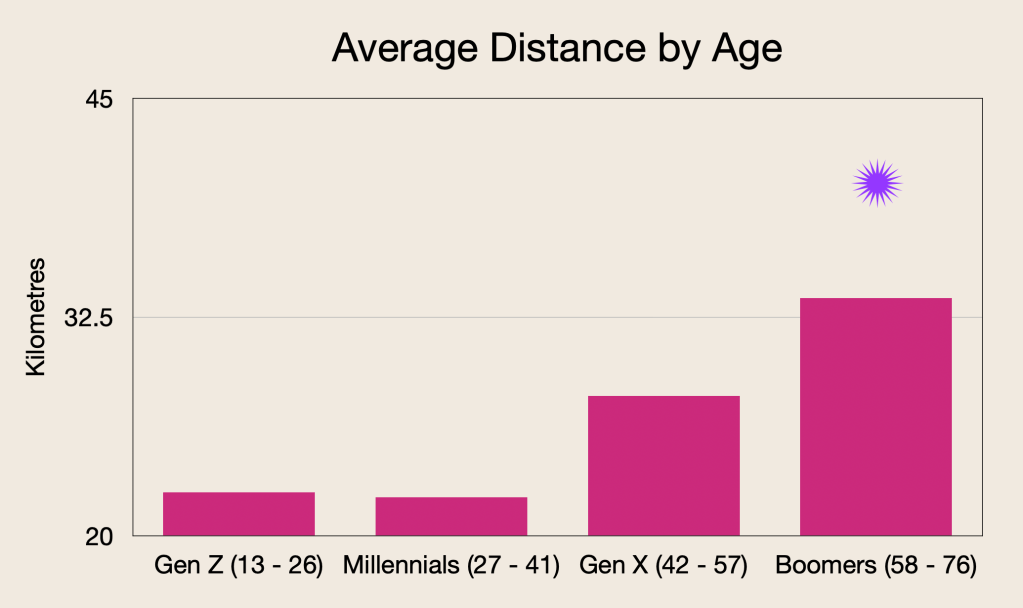
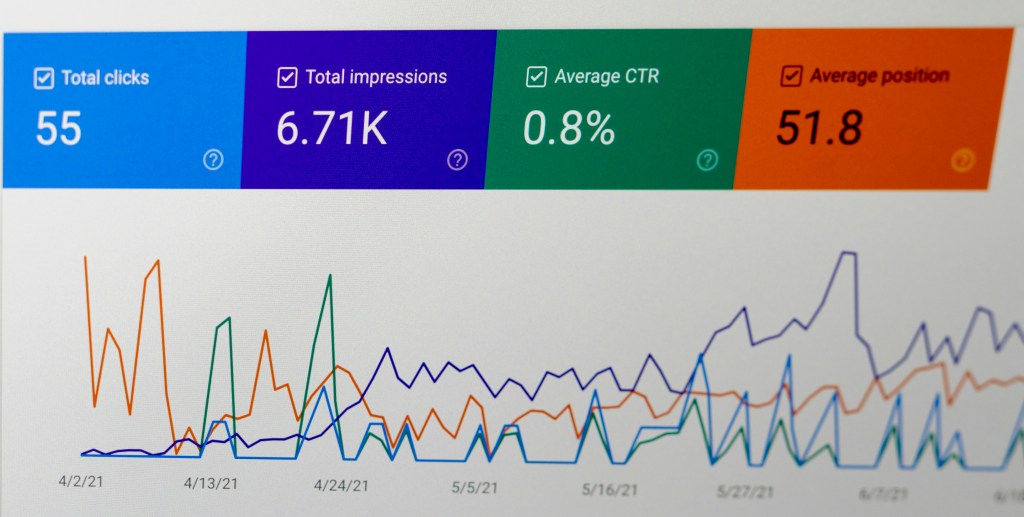







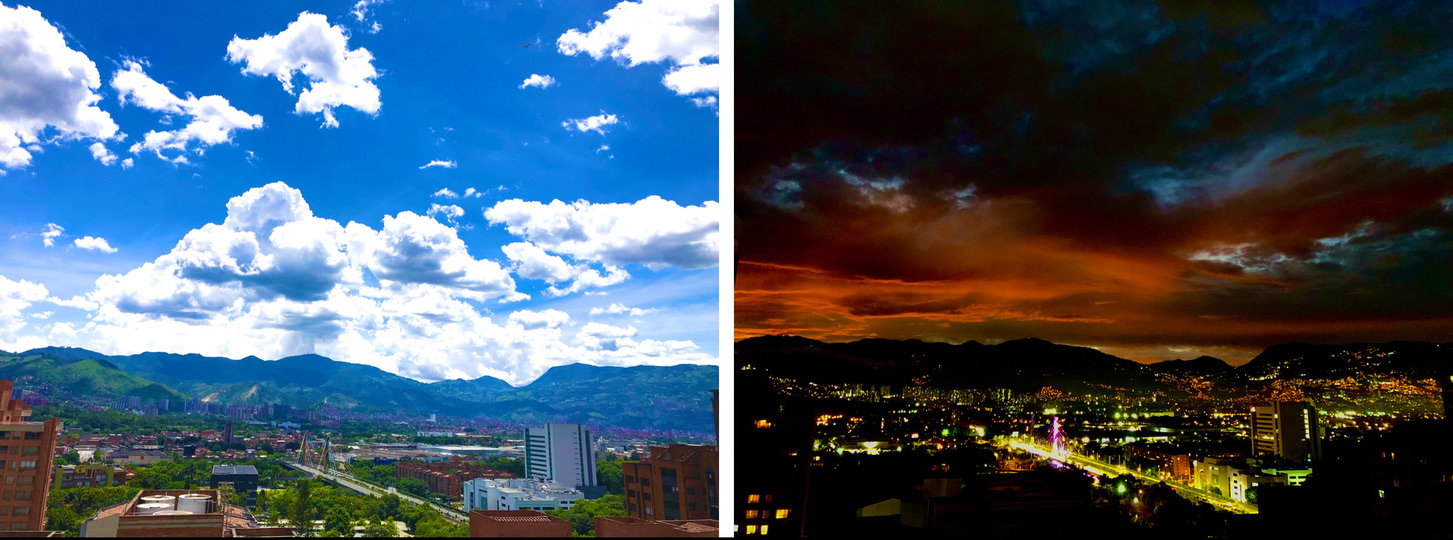
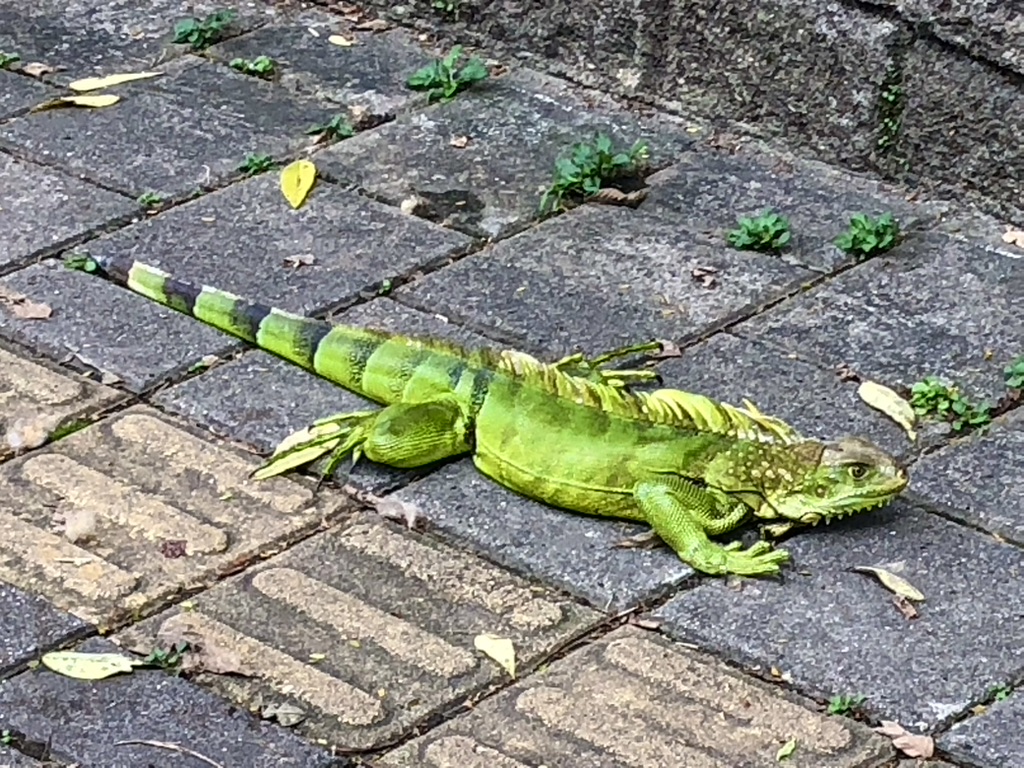
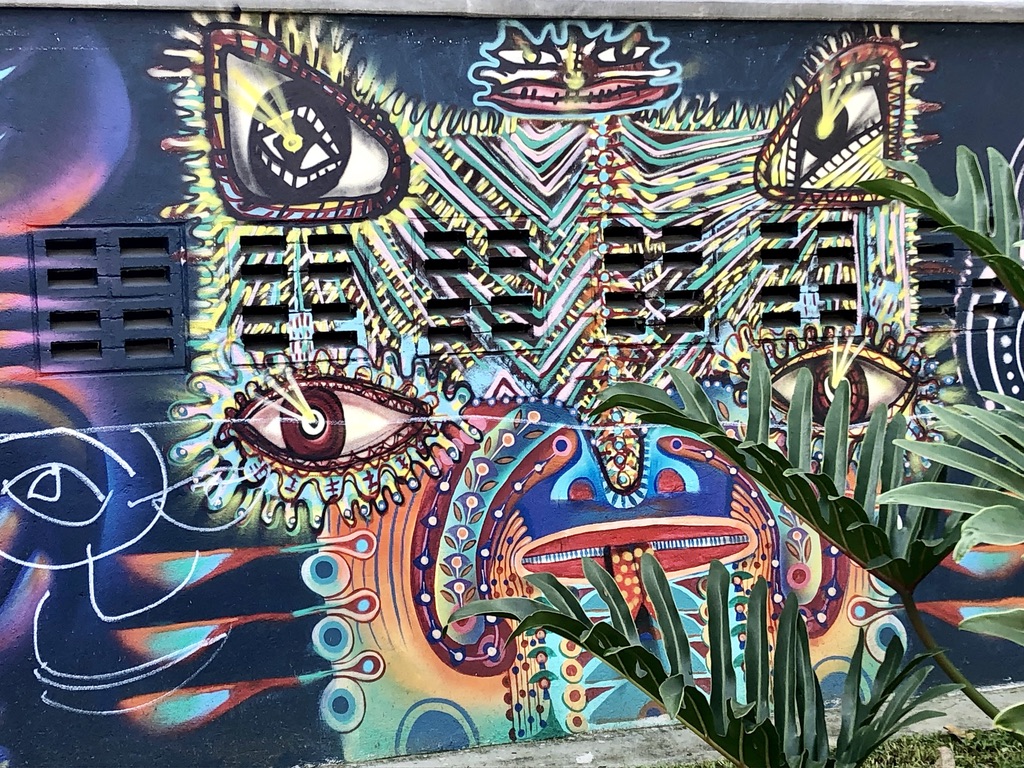
























 appears a dozen times in the centre rows.
appears a dozen times in the centre rows. . It is not too difficult to find, about two-thirds of the way down the print.
. It is not too difficult to find, about two-thirds of the way down the print.


